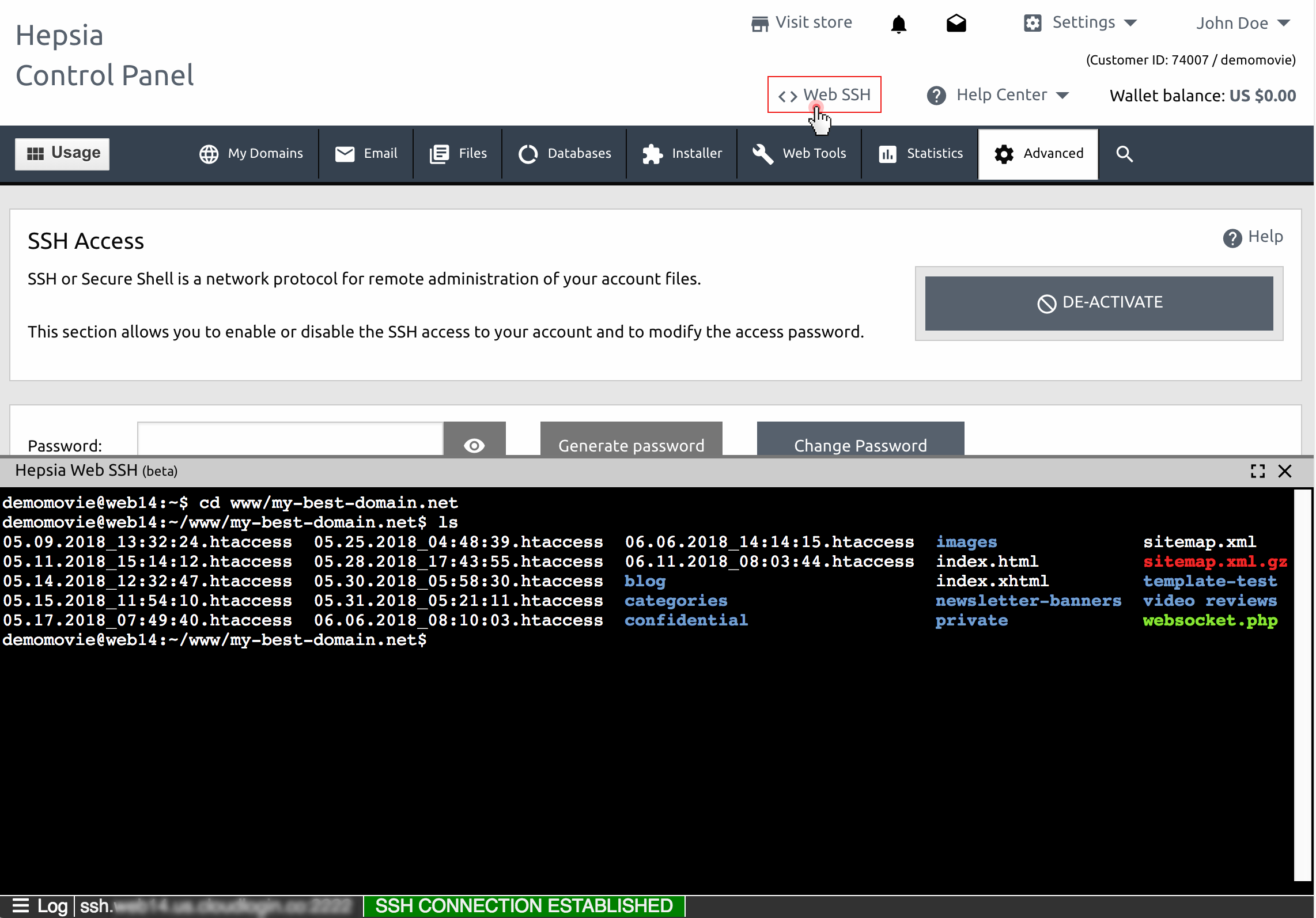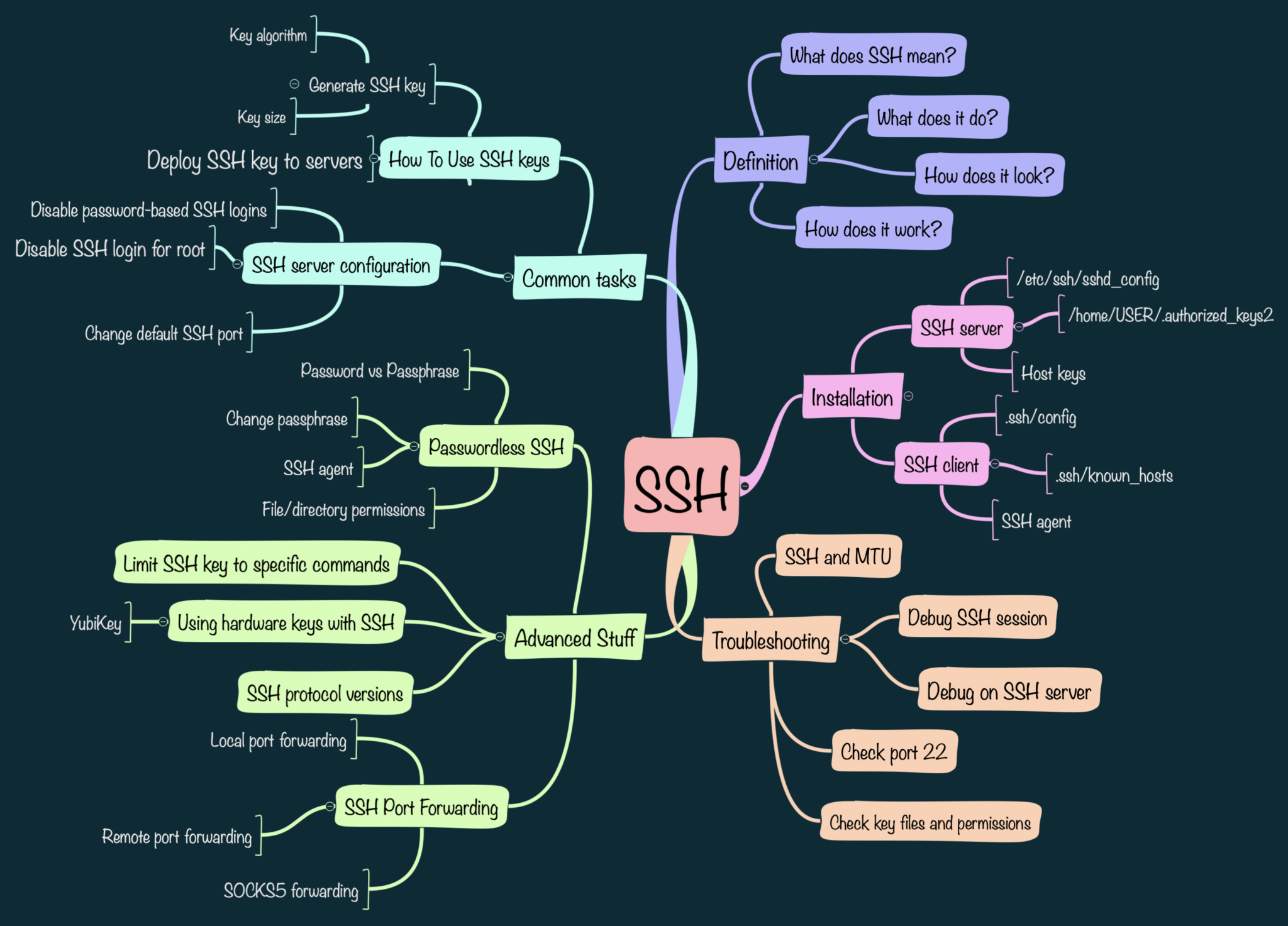Mastering RemoteIoT Web SSH Tutorial: Your Ultimate Guide To Secure Access
Welcome to the world of remote access, where technology meets convenience and security. If you're diving into the realm of IoT and web-based SSH, you're in the right place! RemoteIoT web SSH tutorial is your ticket to understanding how to securely manage devices from anywhere in the world. In this guide, we'll break down everything you need to know, from the basics to advanced tips, ensuring you're equipped with the knowledge to navigate this powerful tool.
Let’s face it—working remotely has become the norm, and having remote access to your IoT devices is no longer a luxury but a necessity. Whether you're a tech enthusiast, a developer, or a business owner, understanding how to use web-based SSH for your IoT devices can save you time, money, and headaches. This tutorial isn’t just about theory—it’s about practical steps you can implement right away.
So grab a cup of coffee (or your favorite beverage), and let’s dive into the nitty-gritty of RemoteIoT web SSH. By the end of this guide, you’ll be a pro at setting up and maintaining secure connections, troubleshooting common issues, and optimizing your setup for maximum efficiency.
What is RemoteIoT Web SSH?
Before we jump into the tutorial, let’s clarify what RemoteIoT web SSH actually means. At its core, SSH (Secure Shell) is a cryptographic protocol that allows secure communication between devices over an unsecured network. When we talk about RemoteIoT web SSH, we’re referring to the ability to access and manage IoT devices remotely using a web-based interface.
This setup is particularly useful for scenarios where physical access to devices isn’t feasible. Think of it as a virtual handshake that lets you control your IoT devices from anywhere in the world, as long as you have an internet connection. It’s like having a remote control for your entire IoT ecosystem.
Why Choose RemoteIoT Web SSH?
There are several reasons why RemoteIoT web SSH has become a popular choice among tech-savvy individuals and organizations. Here are a few:
- Security: SSH provides encrypted communication, ensuring your data remains safe from prying eyes.
- Convenience: With a web-based interface, you can access your devices from any device with a browser, eliminating the need for specialized software.
- Scalability: Whether you’re managing a single device or an entire network, RemoteIoT web SSH can handle it all.
- Cost-Effective: By reducing the need for on-site maintenance, you can save significant costs in the long run.
Setting Up RemoteIoT Web SSH: Step-by-Step Guide
Now that you understand the basics, let’s get into the nitty-gritty of setting up RemoteIoT web SSH. This section will walk you through each step, ensuring you don’t miss a beat.
Step 1: Gather Your Tools
Before you begin, make sure you have the following:
- A device running an IoT operating system (e.g., Raspberry Pi, ESP32).
- An active internet connection.
- A SSH client or web-based SSH interface.
- Basic knowledge of command-line operations.
Having these tools ready will make the setup process smoother and more efficient.
Step 2: Enable SSH on Your IoT Device
The first step is to enable SSH on your IoT device. This process varies depending on the device you’re using, but here’s a general guideline:
- Access your device’s configuration settings.
- Locate the SSH option and enable it.
- Save the changes and restart your device.
Once SSH is enabled, your device will be ready to accept remote connections.
Step 3: Configure Your Router
To allow remote access, you’ll need to configure your router to forward SSH traffic to your IoT device. Here’s how:
- Log in to your router’s admin interface.
- Find the port forwarding section.
- Create a new rule to forward port 22 (the default SSH port) to your IoT device’s local IP address.
This step ensures that incoming SSH requests are directed to the correct device on your network.
Step 4: Set Up a Web-Based SSH Interface
While traditional SSH clients like PuTTY are great, a web-based interface offers more flexibility. Here’s how to set one up:
- Install a web-based SSH tool like WebSSH or Termius.
- Enter your IoT device’s public IP address and SSH credentials.
- Establish a secure connection and start managing your device.
With a web-based interface, you can access your devices from any device with a browser, making remote management a breeze.
Best Practices for RemoteIoT Web SSH
Now that you know how to set up RemoteIoT web SSH, let’s discuss some best practices to ensure your setup remains secure and efficient.
1. Use Strong Passwords
One of the simplest yet most effective ways to secure your SSH connection is to use strong, unique passwords. Avoid using common passwords or ones that are easy to guess. Consider using a password manager to generate and store complex passwords.
2. Enable Two-Factor Authentication
Two-factor authentication (2FA) adds an extra layer of security to your SSH connections. Even if someone manages to obtain your password, they won’t be able to access your device without the second factor, such as a one-time code sent to your phone.
3. Regularly Update Your Software
Keeping your IoT devices and SSH software up to date is crucial for maintaining security. Software updates often include patches for vulnerabilities that could be exploited by hackers.
4. Monitor Your Connections
Regularly check your device’s connection logs to ensure there are no unauthorized access attempts. If you notice suspicious activity, take immediate action to secure your device.
Troubleshooting Common Issues
Even with the best setup, issues can arise. Here are some common problems you might encounter and how to fix them:
Issue 1: Unable to Connect
If you’re unable to establish a connection, check the following:
- Ensure your IoT device is powered on and connected to the internet.
- Verify that SSH is enabled on your device.
- Double-check your router’s port forwarding settings.
Issue 2: Slow Connection
A slow connection can be frustrating, but it’s often caused by network congestion or poor internet quality. Try the following:
- Use a wired connection instead of Wi-Fi for better stability.
- Optimize your router’s settings for faster data transfer.
Issue 3: Security Concerns
If you’re worried about security, consider implementing the following measures:
- Use a non-standard SSH port to avoid automated attacks.
- Restrict access to specific IP addresses using firewall rules.
Advanced Tips for RemoteIoT Web SSH
Once you’ve mastered the basics, it’s time to take your RemoteIoT web SSH skills to the next level. Here are some advanced tips to enhance your setup:
1. Automate Tasks with Scripts
Using SSH, you can automate repetitive tasks by running scripts on your IoT devices. This not only saves time but also reduces the risk of human error.
2. Set Up a VPN
For added security, consider setting up a VPN to encrypt all communication between your device and the internet. This ensures that even if someone intercepts your data, they won’t be able to read it.
3. Use SSH Keys for Authentication
Instead of relying on passwords, use SSH keys for authentication. This method is more secure and eliminates the need to remember complex passwords.
Real-World Applications of RemoteIoT Web SSH
RemoteIoT web SSH isn’t just a theoretical concept—it has real-world applications that can benefit individuals and businesses alike. Here are a few examples:
1. Home Automation
With RemoteIoT web SSH, you can control smart home devices like lights, thermostats, and security systems from anywhere in the world. This not only adds convenience but also enhances security.
2. Industrial IoT
In industrial settings, RemoteIoT web SSH can be used to monitor and manage critical infrastructure, such as manufacturing equipment and sensors. This allows for real-time data analysis and quick response to issues.
3. Remote Server Management
For businesses with remote servers, SSH provides a secure way to manage and maintain those servers without the need for physical access. This is particularly useful for companies with distributed teams.
Conclusion: Take Your RemoteIoT Web SSH Skills to the Next Level
In this guide, we’ve covered everything you need to know about RemoteIoT web SSH, from the basics to advanced tips. By following the steps outlined above, you’ll be able to set up and maintain a secure, efficient remote access system for your IoT devices.
Remember, security should always be your top priority. Use strong passwords, enable two-factor authentication, and keep your software up to date. With these practices in place, you’ll be well-equipped to handle any challenges that come your way.
Now it’s your turn! Try out the steps in this tutorial and see how RemoteIoT web SSH can transform the way you manage your IoT devices. Don’t forget to leave a comment below sharing your experiences and tips. And if you found this guide helpful, feel free to share it with your friends and colleagues. Happy hacking!
Table of Contents
- What is RemoteIoT Web SSH?
- Why Choose RemoteIoT Web SSH?
- Setting Up RemoteIoT Web SSH: Step-by-Step Guide
- Best Practices for RemoteIoT Web SSH
- Troubleshooting Common Issues
- Advanced Tips for RemoteIoT Web SSH
- Real-World Applications of RemoteIoT Web SSH
- Conclusion

Webbased SSH terminal example

RemoteIoT Web SSH Tutorial A Comprehensive Guide To Secure Remote Access

RemoteIoT Web SSH Server Tutorial A Comprehensive Guide To Secure